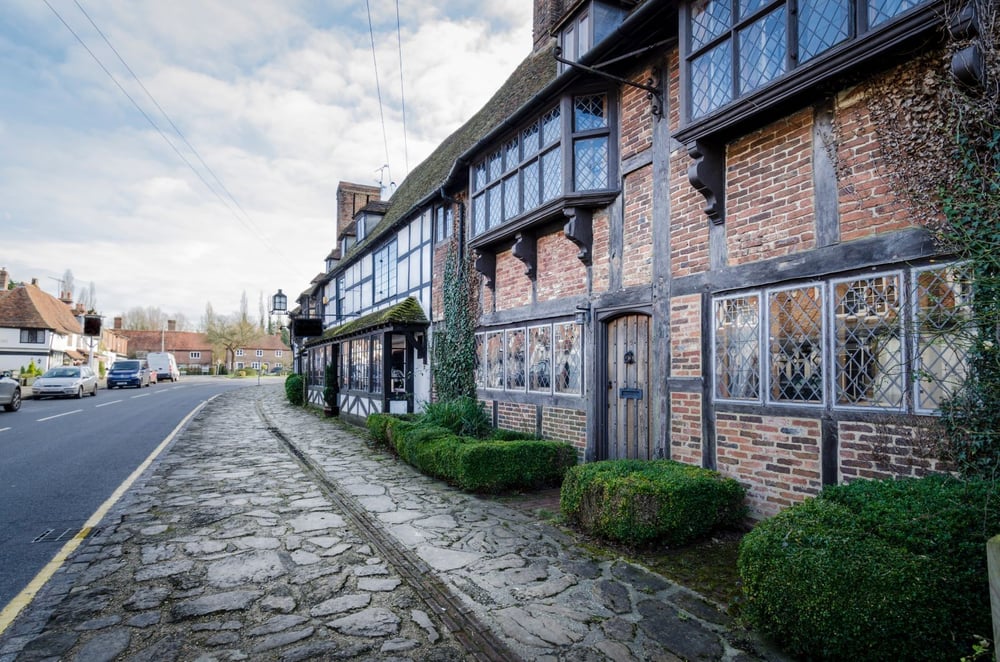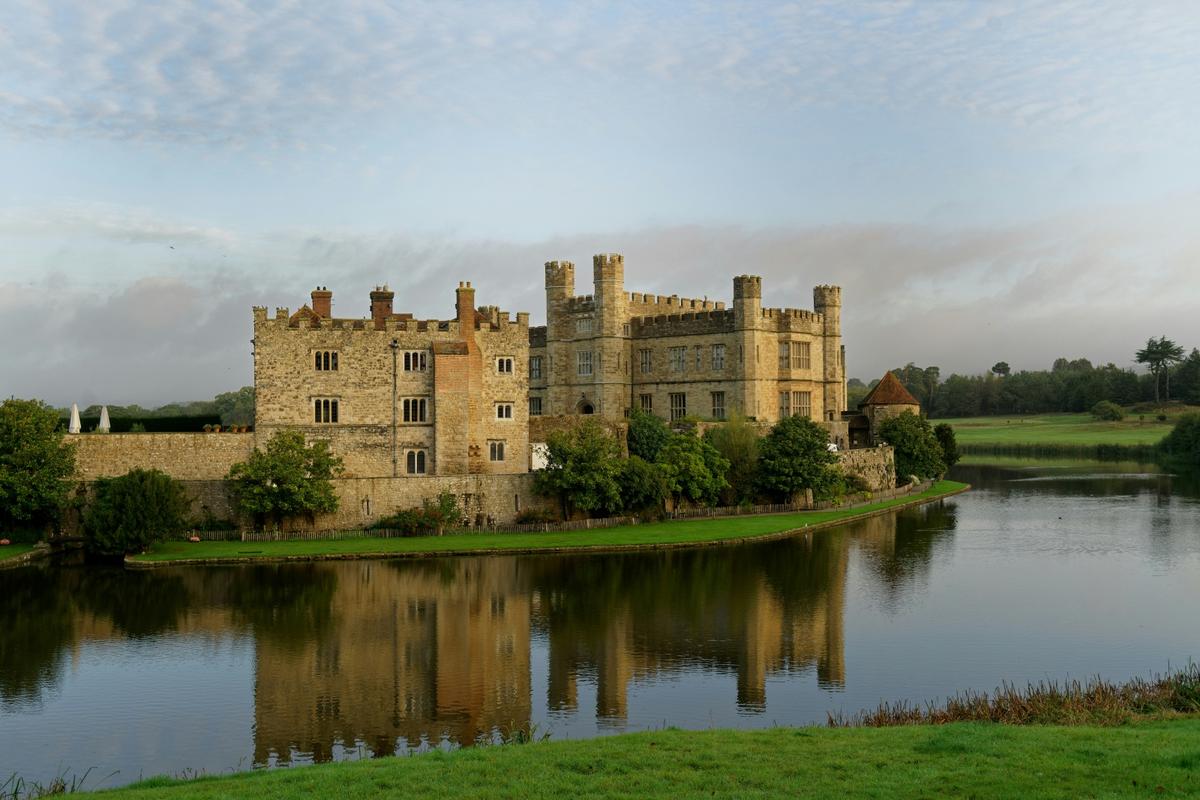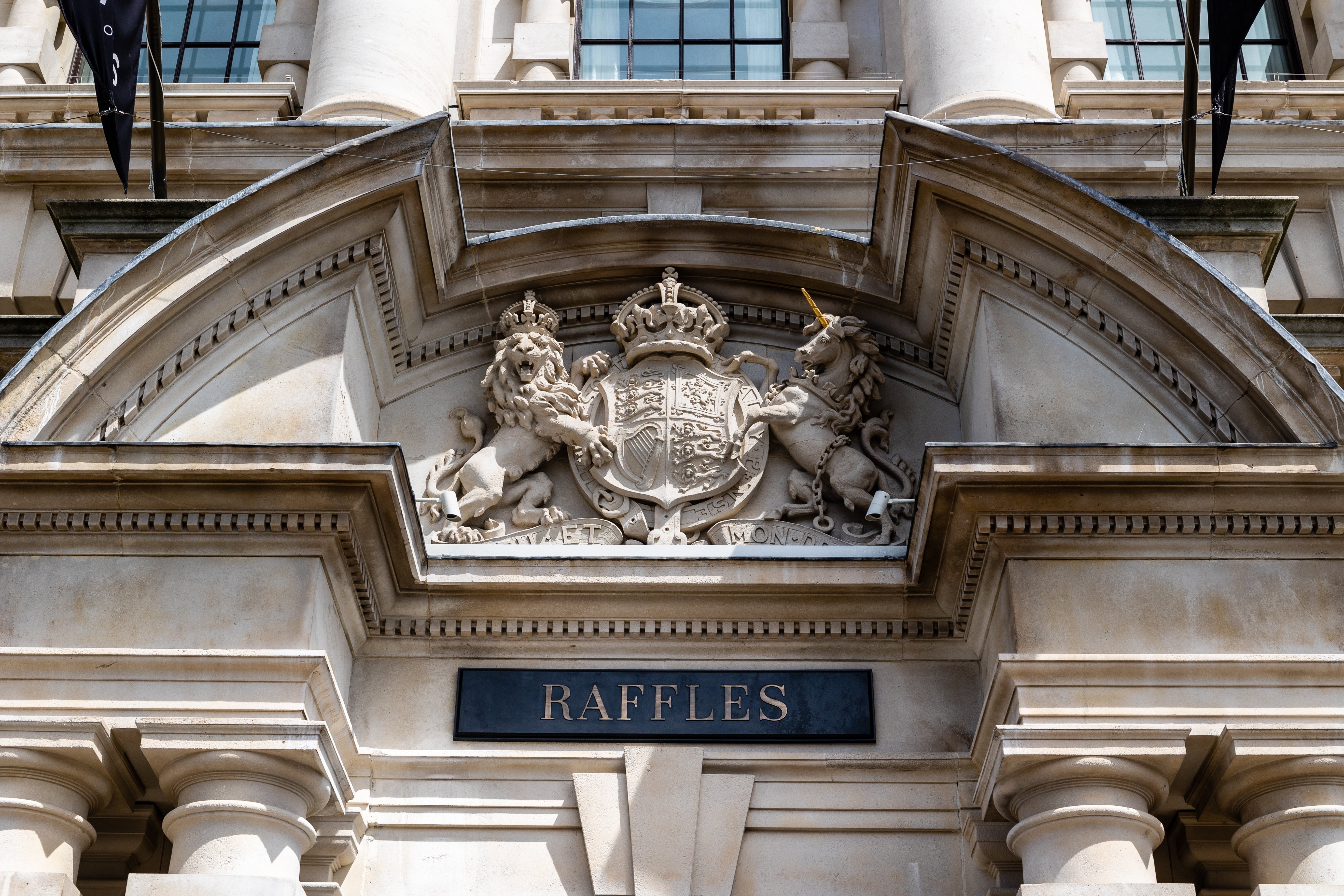Best Villages in Kent
Orchards, hop gardens, vineyards galore—Kent is a miscellany of 13 bountiful districts. It has rightfully been crowned the “Garden of England,” given its florid wealth and idyllic warmth.


The Prettiest Villages in Kent
The county sprawls 1368 square miles in southeastern England, with its coastline spanning 350 miles. Given its magnitude, the county encompasses countless villages and small towns, all vying for the spotlight in full bloom. Read on to discover the best villages in Kent.
1. Biddenden
Biddenden is a bosky little idyll situated on the Weald of Kent. Known for its serenity, lore, and vineyards, it embodies the quintessential English countryside charm.
Biddenden grew from a seedling – the All Saints Church. Enveloped by sumptuous raw materials, Flemish workers settled in the region and created a thriving textile industry. With immense outputs of broadcloth, the village was abloom with success.
The village is also famous for the tale of the Biddenden Maids, a story that explains the region’s mystical charity work. The Biddenden Maids, Mary and Eliza Chulkhurst, were supposedly conjoined sisters who joined at the shoulders and hips for 34 years. When they passed on, they supposedly bequeathed five plots of land to the village. The income generated from these lands, which are known as the Bread and Cheese Lands, has been used to support the village’s widows and pensioners for 400 years.
The village’s foremost tourist attraction is its vineyard, a family-owned estate that produces wines, ciders, and apple juices. The Biddenden War Memorial and All Saints Church are great looking glasses into the village’s past. Visitors can also unwind with a quiet picnic on Millennium Field.
2. Wye
Wye is a mediaeval village coddled by the hills of the Kent Downs National Landscape. Topped by the Wye Crown (which was cut into chalk to commemorate the coronation of Edward VII in the early 20th century) and sliced by the pristine Stour River, the village is undoubtedly a thing of beauty.
The village’s roots run deep in history – it has been a site of interest for the Romans, Anglo-Saxons, and Normans. The region’s mediaeval layout has remained unchanged for centuries, so the village is truly a time capsule, encapsulating significant memories of Britain’s history.
Wye is abounding with walking trails, given how profusely wooded it is – there are 126 walking trails in Wye Valley National Landscape. Furthermore, simple strolls through the street will reveal incredible mediaeval architecture, from homes to cafes and schools. There’s also the famous bi-monthly farmer’s market, besides the historic St. Gregory and St. Martin Church.
3. Cobham
Cobham is a verdurous enclave known for its magnificent manors, woodlands, and churches. It has been in a conservation area since 1970, in an endeavour to preserve its historic and natural beauty.
There is documented evidence of settlement from as early as the 10th century. With much of its ancient and mediaeval character having endured, there is plenty to explore in Cobham.
Cobham Hall, the village’s most striking manor and former residence of the Earls of Darnley, is a Grade I-listed construction boastful of its ornate Tudor fashion. It is one of the most significant buildings in Kent, housing Cobham Hall School (a private boarding school for girls) and the Darnley Mausoleum (a Grade I-listed pyramid-shaped building created as per the will of the Third Earl of Darnley).
A 13th-century church dedicated to St. Mary Magdalene and the 15th-century hall house displayed at the Weald and Downland Living Museum are other notable manors in Cobham. The forested Cobham Park and the Jeskyns farm also attract many visitors.
4. Elham
Nestled in the hills of the Kent Downs Area of Outstanding Natural Beauty, Elham is an unabashedly green alcove set in the heart of the county. Having been the custodian of Neolithic hand axes and Bronze Age remains, in addition to being a site of Roman occupation and mediaeval architecture, Elham is brimming with tales of the bygone.
The village hosts over 43 listed buildings that lure in history buffs from around the world. St. Mary’s Church, dating to 1200, and the former coaching inn of the Rose & Crown are among Elham’s most popular historic buildings. Abbots Fireside Hotel is another structure shrouded in local myths – legend has it that King Charles I hid behind the hotel’s massive fireplace during his attempt to conquer France in the 1600s, and yet another rumour claims that the hotel was the hideout of the Duke of Wellington when in threat of a Napoleonic invasion.
Local shopping sprees are particularly enjoyable in this village, given the wealth of natural resources, the freshness of produce, and the mediaeval charm of its streets. The Elham Valley Vineyard is an unmatched haunt for authentic Kentish wines.
5. Chiddingstone
Perched on the banks of the River Eden, Chiddingstone is one of England’s staggeringly rare gems – almost the entire village is owned by the National Trust (an organisation dedicated to heritage preservation in England, Wales, and Northern Ireland). As a peerless example of a typical Tudor village, the Trust has described Chiddingstone as “the best example of a Tudor village left in the country.”
Dating to Pagan times, the village has borne witness to age-old conflicts, crusades, and conquests of England. Most of the buildings, from the houses to the shops and government institutions, are over 200 years old.
While the whole village is a historic showpiece in itself, the Chiding Stone, Chiddingstone Castle, and the Castle Inn are key heritage sites.
6. Fordwich
An ancient market town, Fordwich stands out for being England’s smallest town with a population of 381 people. Its population grew by a mere 30 people between 2001 and 2011.
The town developed as a key port for boats heading to Canterbury, which lies a few miles northeast of the village. Having undergone little change over the centuries, the humble town is bucolically picturesque.
The village is home to a few showstopping landmarks. One is the ancient Church of St. Mary the Virgin, now redundant, which is a Grade I-listed building dating to the Norman Era. Another is the Watergate House, a 16th-century building that was once the residence of early 19th-century explorers in Australia, John and Gregory Blaxland. There are only two pubs in the village, and one of them, namely Fordwich Arms, is bestowed with a Michelin star.
7. Brasted
Brasted, a quaint village in the Sevenoaks district of Kent, embodies the beauty of early modern England. It is home to many listed buildings in the Kent Downs Area of Outstanding Natural Beauty.
The village is like a comely apparition of yesteryear. Cluttered with 18th-century buildings, woodlands, and the distinguished St. Martin’s Church, it is easy for one to forget the clamour of the past-faced, tech-driven world beyond.
Brasted encompasses the hamlets of Brasted Chart and Toys Hill, both of which are majorly owned by the National Trust and present breathtaking views of the weald. Needless to say, Brasted’s walking trails along these hamlets are the ultimate English rustic retreat.
Another landmark is Brasted Place, one of the two Kent houses designed by neoclassical architect Robert Adam – Napoleon III, the first president of France and nephew of Napoleon Bonaparte, lived here. This building has been redesigned into seven new apartments, and as a Grade-listed building, it has accumulated a net worth of £1.5 million.
The village also has some charming watering holes. Among its several mediaeval taverns, the Stanhope Arms is one of Kent’s most beloved pubs, known for its frothy pints and homely pub grub.
8. Penshurst
Penshurst is a historic village settled at the confluence of the River Medway and River Eden, on the slopes of the Kentish Weald.
The village is a conservation zone, brimming with dense woodlands and luscious fields. Additionally, there are several listed estates, Victorian residences, and Tudor buildings in the region, rendering Penshurst one of Kent’s most bewitching treasures.
One of Penhurst’s most noteworthy sites is Penshurst Place, an estate formerly owned by King Henry VIII. A shining example of 14th-century grandeur, this estate nurtured many of the country’s prominent Elizabethan poets. It has been described as “the grandest and most perfectly preserved example of a fortified manor house in all England,” having been a lap of luxury for over six centuries.
The woodland trails, toy museum, and wooden adventure park are other cherished tourist attractions.
Kent is a treasure trove of verdant gems, all resplendent in their old-world glory. Frozen in time, these villages whisk people away to an epoch of magnificent architecture, placid nature, and lofty greens. Kent’s hamlets are indeed draped in a garb of green-soaked pastoral romance – it’s time to pursue respite and take off to the English countryside.



